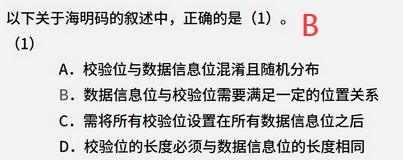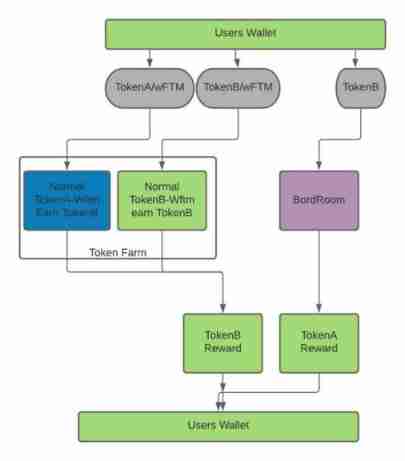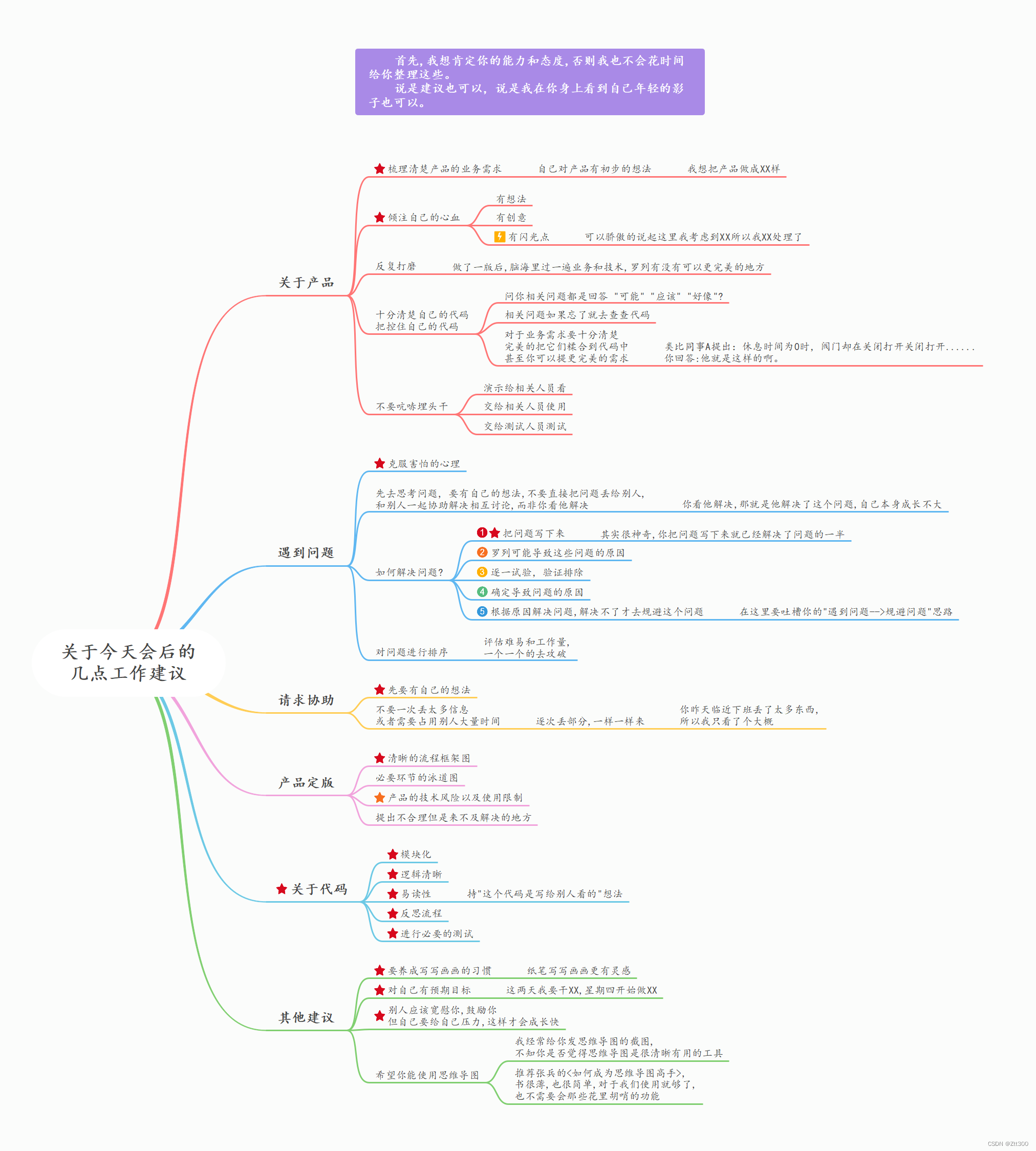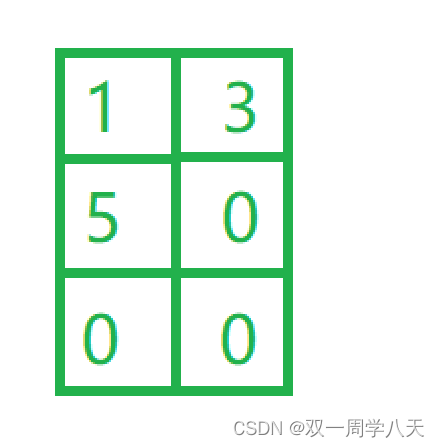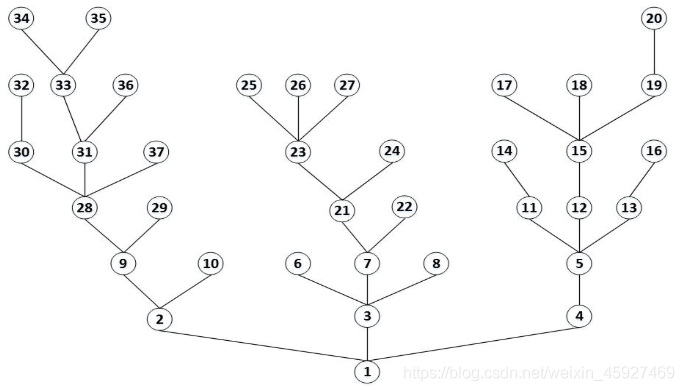当前位置:网站首页>Pytoch foundation - (2) mathematical operation of tensor
Pytoch foundation - (2) mathematical operation of tensor
2022-07-06 03:27:00 【Up and down black】
Catalog
Two 、 Maximum 、 minimum value 、 mean value 、 The absolute value 、 Sort
3、 ... and 、tensor The index of
One 、 Basic operation
import torch
x = torch.tensor([2, 2, 2], dtype=torch.float32)
y = torch.tensor([3, 4, 5], dtype=torch.float32)- Add
out1 = torch.add(x, y)
print(out1)- Subtraction
out2 = torch.sub(x, y)
print(out2)- division
out3 = torch.div(x, y)
print(out3)- Multiplication
out4 = torch.mul(x, y)
print(out4)- Matrix multiplication
a = torch.rand((2, 5))
b = torch.rand((5, 3))
out5 = torch.mm(a, b)
print(out5)
print(out5.shape)- Batch matrix multiplication
batch = 16
c1 = 5
c2 = 10
c3 = 20
x1 = torch.rand(batch, c1, c2) # 16*5*10
x2 = torch.rand(batch, c2, c3) # 16*10*20
out6 = torch.bmm(x1, x2) # 16*5*20
print(out6.shape)- Index
out7 = x.pow(3)
print(out7)- Matrix index
x = torch.tensor([[1, 1], [1, 1]]) # (2*2) The number of rows and columns must be the same
out8 = x.matrix_power(2)
print(out8) # 2*2- broadcasting
x1 = torch.rand((1, 3))
x2 = torch.rand((3, 3))
out9 = x1 -x2
print(out9)Two 、 Maximum 、 minimum value 、 mean value 、 The absolute value 、 Sort
import torch
x = torch.tensor([[-1, 2, 3], [4, 5, 6]], dtype=torch.float32)
y = torch.tensor([[1, 1, 2], [0, 10, 9]], dtype=torch.float32)- Maximum 、 minimum value 、 mean value
values, indice = torch.max(x, dim=0) # dim=0 The column ,1 Said line
print(values) # Value of maximum value
print(indice) # Index of maximum value
values, indice = torch.min(x, dim=0) # dim=0 The column ,1 Said line
print(values) # The minimum value
print(indice) # Index of minimum value
values, indice = torch.mean(x, dim=0)
print(values)
print(indice)# Find the maximum 、 Index of minimum value
out1 = torch.argmax(x, dim=0)
out2 = torch.argmin(x, dim=0)- The absolute value
out = torch.abs(x)
print(out)- Sort
values, indice = torch.sort(x, dim=1, descending=False) # descending=False Expressing ascending order
print(values)
print(indice)3、 ... and 、tensor The index of
- Simple operation
x = torch.tensor([1, 4, 5, 6, 0, 8, 6, 1, 4, 5])
print(x[0]) # First element
print(x[1: 6]) # Output No 2 One to the first 6 Elements
x = torch.randn((3, 10)) # size 3x10
print(x[0]) # Output No 1 All numbers of rows , size 1x10
print(x[0, :]) # size 1x10
print(x[:, 0]) # Output No 1 All the numbers in the column , size 10x1
x = torch.randn((4, 10))
rows = [1, 3]
colums = [2, 9]
print(x[rows, colums]) # (2, 3) (4, 10)- Conditional
x = torch.tensor([1, 4, 5, 6, 0, 8, 6, 1, 4, 5])
print(torch.where(x > 5, x, x/2)) # x>5 Time output x, Otherwise output x/2- other
print(x.unique()) # Output non repeating elements
print(x.numel()) # Output x The number of elements in 边栏推荐
- Pytorch基础——(2)张量(tensor)的数学运算
- Analyze 菜单分析
- Polymorphic day02
- Linear regression and logistic regression
- Pelosi: Congress will soon have legislation against members' stock speculation
- [slam] lidar camera external parameter calibration (Hong Kong University marslab) does not need a QR code calibration board
- StrError & PERROR use yyds dry inventory
- The real machine cannot access the shooting range of the virtual machine, and the real machine cannot Ping the virtual machine
- Eight super classic pointer interview questions (3000 words in detail)
- Deno介绍
猜你喜欢
随机推荐
真机无法访问虚拟机的靶场,真机无法ping通虚拟机
Idea push rejected solution
NR modulation 1
Esbuild & SWC: a new generation of construction tools
The solution of permission denied (750 permissions should be used with caution)
Linear regression and logistic regression
JS music online playback plug-in vsplayaudio js
mysqldump数据备份
[slam] lidar camera external parameter calibration (Hong Kong University marslab) does not need a QR code calibration board
适合程序员学习的国外网站推荐
施努卡:3d视觉检测应用行业 机器视觉3d检测
Tomb. Weekly update of Finance (February 7 - February 13)
jsscript
Lua uses require to load the shared library successfully, but the return is Boolean (always true)
Leetcode problem solving -- 108 Convert an ordered array into a binary search tree
Audio-AudioRecord Binder通信机制
Remote Sensing Image Super-resolution and Object Detection: Benchmark and State of the Art
2022工作中遇到的问题四
[risc-v] external interrupt
Leetcode problem solving -- 98 Validate binary search tree



